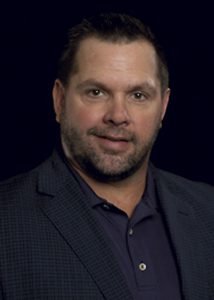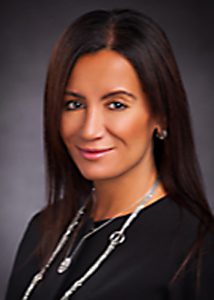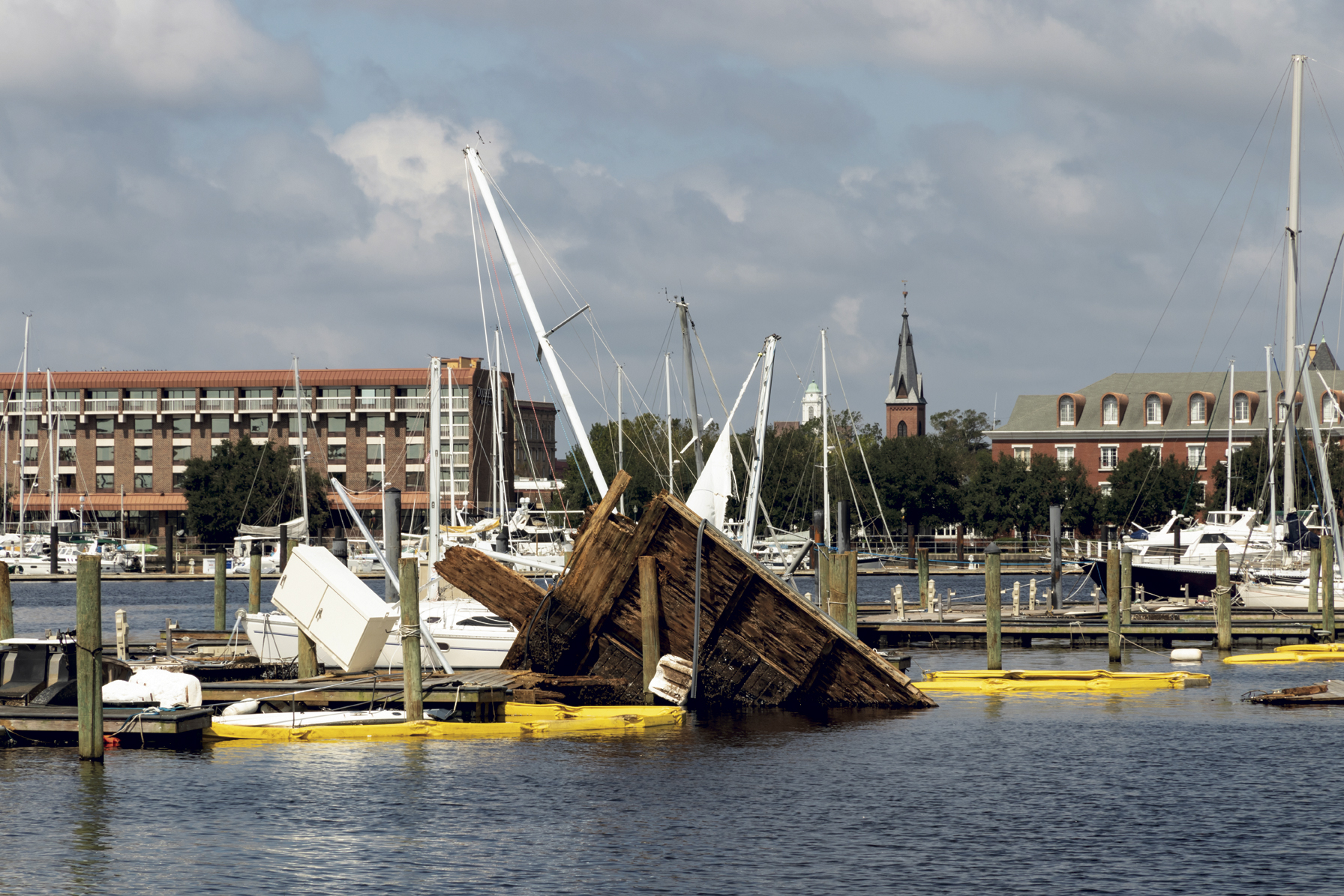ARCHITECTS AND ENGINEERS
A&E professional liability market stays steady despite trauma of Florida condo collapse
By Joseph S. Harrington, CPCU
The collapse of a condominium structure in Surfside, Florida, in June 2021 was the type of event likely to trigger a searching reappraisal of risk management and insurance underwriting for the professional liability of architects, engineers, and other design professionals.
To be sure, firms specializing in structural and geotechnical engineering are facing more underwriting scrutiny, and many firms are finding it less likely that they will be able to renew their full limits with just one insurer.
Beyond that, however, the market for architects and engineers (A&E) professional liability insurance appears to be relatively tranquil at a time when the construction market is volatile and the market for liability insurance is distinctly hardening.
“The A&E market is hardening a little, sure,” says Chris Powell, senior vice president of Lockton Affinity, LLC. “We’re starting to see rates go up some, but it’s not crazy. We’re seeing enough capacity and enough players in the market. Until that starts to dry up, we’re not going to see a really hard market.
“If you’re a good risk, you’re still going to get a favorable rate,” he says. “If you have loss issues and you’re in a challenging area of practice, such as geotechnical or structural, it will become difficult.”

“If you’re a good risk, you’re still going to get a favorable rate. If you have loss issues, and you’re in a challenging area of practice, such as geotechnical or structural, it will become difficult.”
—Chris Powell
Senior Vice President
Lockton Affinity, LLC
Not-bad times
In an economy where almost every-one is experiencing some level of distress, insurers writing A&E coverage are thriving as well as anyone.
In its well-known annual survey of A&E insurers, the brokerage firm Ames& Gough found that more than eight in10 reported premium growth in 2021; a third of those reported premium growth in excess of 20%.
While about half of the respondents cited higher rates as a cause for their premium growth, an even greater percentage cited new business written. Also, a substantial percentage also cited higher billings by their clients, accompanied with higher limits requested by clients.
Of those who reported rate increases, about half of them increased rates less than 5%; only 15% raised rates more than 10%. “When you’re talking about an average rate increase of 6% to 7%, and inflation is more than 8%, how hard of a market is it, really?” asks Powell.
“If you’re a good A&E firm, you’ve got nothing to worry about,” he adds. “You’re going to get fair rates. But if you’re a firm that does not have good risk management policies in place, a firm that has had some claims issues, things will be challenging.”
Ominous claims
If there’s one thing that could disturb the market for A&E professional liability insurance, it’s a rise in the occurrence of severe claims. Ames & Gough reported that two-thirds of their survey respondents reported an increase in claim severity in 2021; at least two indicated that they paid an A&E claim in excess of $10 million that year. According to an executive quoted in the survey report: “[R]ates charged by A&E [insurers] have not grown at nearly the same pace as claim costs.”
Defense costs on their own can make a minor claim into a severe one, according to Christine DeFelice, vice president and team lead for professional liability, A&E, and contractors E&O for CorRisk Solutions.
“Defense costs, in our experience, appear to be the driving force when it comes to loss ratio,” she says. “We have seen defense costs at $80,000 for a $10,000 settlement.”
That compounds the growing pressure that design firms face from project owners and general contractors to purchase higher limits of coverage from insurers that are reluctant to provide them.
“Project owners are asking design firms to carry higher limits for specific contracts,” DeFelice says. “A lot of smaller design firms are now being asked to carry limits of $5 million to $10 million. This causes a dilemma from an underwriting standpoint, as it may not make sense to insure that much exposure.
“Carriers appear to be pulling back on their limit capacity and are less likely to offer higher limits,” she says, adding that this gives her firm an opportunity to grow its book of excess insurance for A&E professional liability.

“Defense costs, in our experience, appear to be the driving force when it comes to loss ratio. We have seen defense costs at $80,000 for a $I0,000 settlement.”
—Christine DeFelice
Vice President and Team Lead,
Professional Liability, A&E, and Contractors E&O
CorRisk Solutions
Back to shopping
The Ames & Gough survey also detected concern among A&E insurance carriers about the high number of mergers among architectural and engineering firms—about 400 of them in 2021—as well as the “great resignation” of older workers throughout the economy, a trend with unknown consequences for an industry so vital to public safety.
Among other things, the merger activity complicates liability insurance underwriting and placement, according to DeFelice.
“It makes it more complicated to write an account when we have to consider the design disciplines and loss histories from two to three earlier firms,” she says. At CorRisk Solutions, underwriters will underwrite each original entity separately, then combine those assessments to underwrite the merged entity. Work is required to coordinate policy terms and retroactive dates, and enhancement endorsements are required to eliminate inconsistencies in coverage.
In all, though, it appears to be a goodtime for commercial lines agents and brokers to write A&E liability coverage.
“We are seeing an increase in well-established firms seeking coverage for the first time,” says DeFelice. “Design professionals are becoming more educated about understanding their exposure to a potential loss.”
Hard times in other areas of the economy could help agents and brokers in this sector, says Powell.
“The hardest thing for any agent during the pandemic was to drum up new business,” he says. “During the pandemic, nobody wanted to move. Everybody was standing still. Retention levels were at an all-time best.
“Now, because of inflation, everybody is going to have to look at their profit and loss statements. It’s a really goodtime for insurance agents to get out there and say, ‘Let’s shop the market.’” n
For more information:
CorRisk Solutions
www.corrisksolutions.com
Lockton Affinity, LLC
www.locktonaffinity.com
The author
Joseph S. Harrington, CPCU, is an independent business writer specializing in property and casualty insurance coverages and operations. For 21 years, Joe was the communications director for the American Association of Insurance Services (AAIS), a P-C advisory organization. Prior to that, Joe worked in journalism and as a reporter and editor in financial services.






